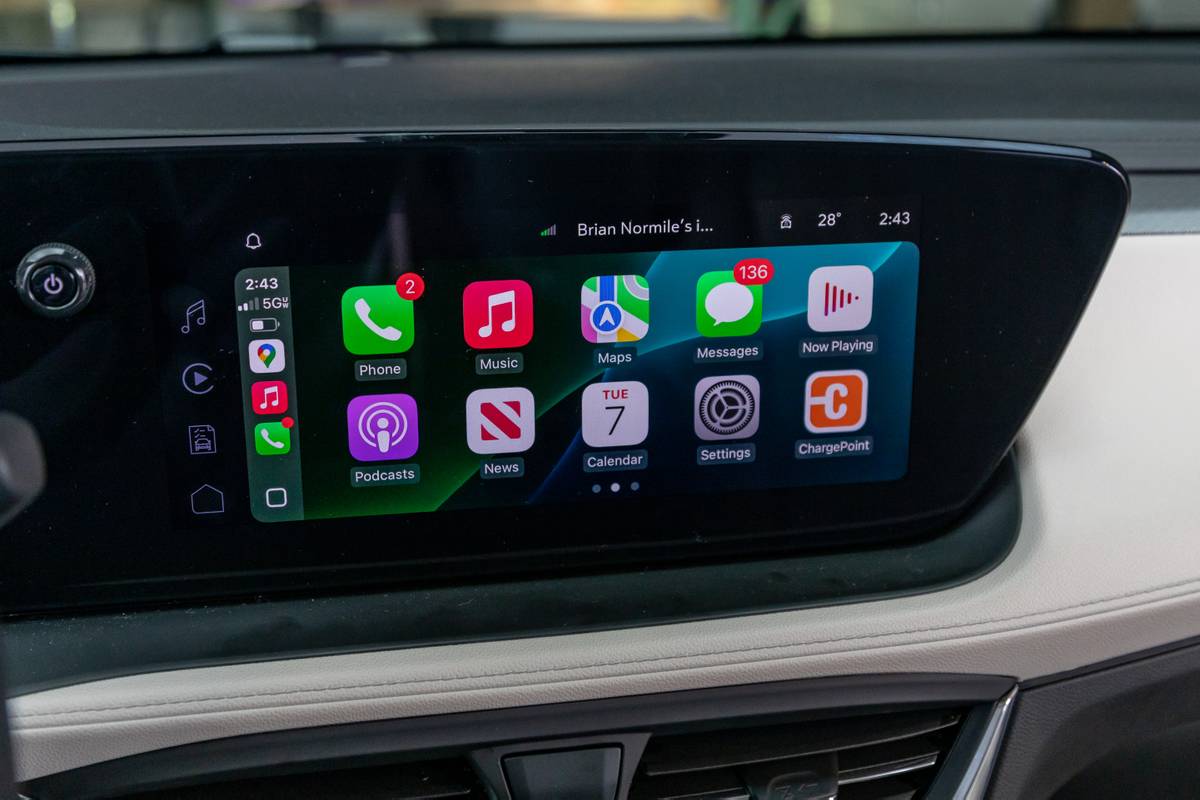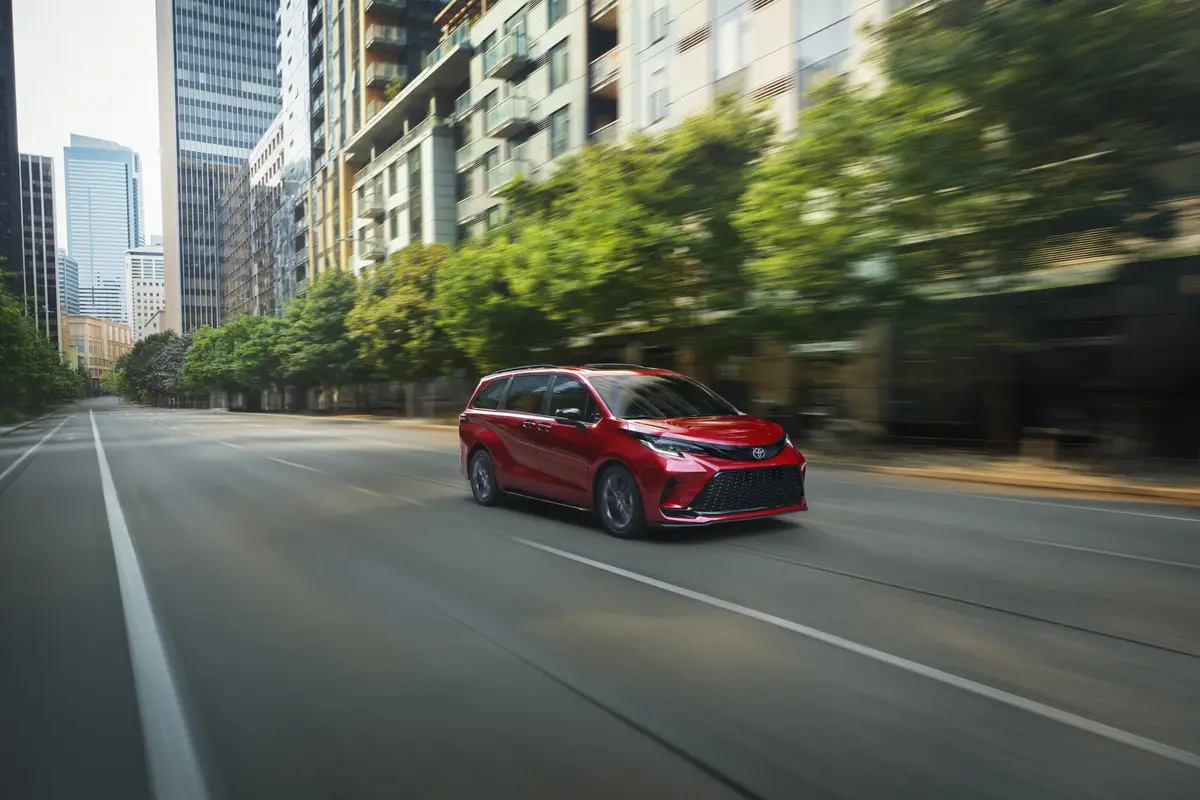washingtonpost.com's view
High school students loved it, which is perfect for Toyota Motor Corp.
The company is trying to bury the popular BMW 3-series by wooing today’s teenagers with its high-youth-appeal 2001 Lexus IS300 sedan.
Viewing things that way renders moot the argument between BMW “enthusiasts” and car lovers who believe that competitive automobiles can be developed and built outside of Germany.
That argument heated up in June, when Automobile Magazine featured a yellow IS300 on its cover under the headline “Lexus Builds a BMW.”
Lexus, Toyota’s luxury marketing arm, actually builds nothing. Toyota does the building, and with the IS300, Toyota was not trying to build a BMW.
Toyota is smarter than that. It learns from experience, and it’s learned that slavish imitation is not the best way to beat rivals.
Toyota’s Lexus line, begun in 1990, is a case in point. Cars such as the first Lexus LS400 were unabashed imitations of Mercedes-Benz S-Class models. They were well-made automobiles with all of the appropriate luxury touches, enhanced by traditional Toyota quality and made more appealing by a pricing strategy that undercut the German luxury class.
But those early Lexuses weren’t Mercedes-Benzes, and they weren’t BMWs. What they had in performance and build quality, they lacked in heritage and prestige. And in the high-rent districts of the U.S. auto market, it’s heritage and prestige that counts.
Except there’s a caveat.
Heritage means something to people who have lived long enough to understand it. It means very little to the style-a-moment Nintendo generation, many members of which can tell you nothing about the last presidential election, the Vietnam War or the civil rights movement.
Prestige, nowadays, has the life span of a music video, the significance of the Spice Girls or Snoop Doggy Dog. It’s all about flash, and when it comes to things like head-turning quotients, the IS300 outflashes the BMW 3-Series among the youth group.
The test IS300’s sculpted, angular exterior, highlighted by brightwork (chrome-like finishes) around headlights and rear lights, turned teenage heads everywhere.
One kid at a Subway restaurant in Arlington shouted, “I like your car.”
“Better than a BMW 3-Series?” I asked.
“My father drives BMWs,” the kid said.
Aha! Epiphany! The first step to selling is getting attention. With the Lexus IS300, Toyota is trying to attract a future group of buyers for whom BMW has declining significance.
Of course, it’s doubtful that the average 17-year-old can come up with $30,000 to buy a car. But he or she surely has the influence to get parents or moneyed elders to do so.
Witness the growth of computers in the home. It’s not happening because Mom and Pop think computers are cool. It’s happening because computers have become the primary learning and communications tools for many of their children.
Thus, it d oes not surprise me that Toyota eschewed the traditional wood veneer and supple leather to outfit the IS300’s interior. The look there is aggressively techno, with horizontally ridged plastic inserts that would seem more at home in a space shuttle.
The IS300’s five-speed shifter operates a manu-matic gearbox. It is crowned by a chrome ball — not the fancy, leather-wood handles found in some BMW and Mercedes-Benz cars. Its instrument panel is both highly functional and toylike, similar to a digital, multi-functional watch or the display screen of a handheld electronics game.
But none of that is to suggest that the IS300 is a slouch in the performance department. It comes with an in-line, 24-valve 3-liter six-cylinder engine designed to produce 215 horsepower at 5,800 rpm and 218 pound-feet of torque at 3,800 rpm. It’s one of the smoothest sixes available. The car’s four-wheel-independent suspension system, augmented by 17-inch wheels, provides excel lent ride and ha ndling on good and bad roads.
The difference is in an attitude toward compromise. The BMW 3-Series is more for sports-car purists — those people who want an edgier ride and handling package, preferably controlled by a traditional manual gearbox. The Lexus IS300 offers no purely manual shifter, and there is enough give and take in its ride and handling characteristics to forgive the incompetence, should there be any, of the person behind its wheel.
It comes down to choice. Toyota and its Lexus division are betting that the emerging generation of sports-car “enthusiasts” will choose an easier road to travel and a less-demanding vehicle to make the trip.
Nuts & Bolts
2001 Lexus IS300 Complaints: The techno-design interior is overly plastic. It borders on the adolescent.
Praise: Forget about the looks. Enjoy the drive. This is a really great car on the open road, or on favorite backstretches.
Head-turning quotient: High acne factor. Teens loved it. Less-passionate response from people old enough to be their parents.
Ride, acceleration and handling: World-competitive in all three categories. Non-purists will love it. (Purists tend to love nothing except their concept of purity.) Layout/vehicle type: Front-engine, rear-wheel-drive, five-passenger sedan.
Capacities: Limited cargo space at 10.1 cubic feet. Fuel tank holds 17.5 gallons of gasoline; premium unleaded is recommended for best performance.
Mileage: About 17 miles per gallon in the city, compared with 23 mpg at highway speeds of 65 mph.
Pricing: The base price is $30,500. Dealer invoice price on base model is $26,492. Price as tested is $32,800, including $1,805 in options and a $495 destination charge. These are preliminary prices that do not include taxes and fees.
Purse-strings note: Compare with Mercedes-Benz C320, BMW 328I, Audi A4, Oldsmobile Aurora and Cadillac Catera.
Latest news



